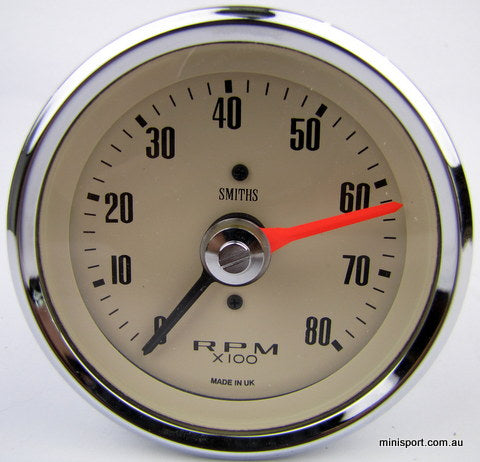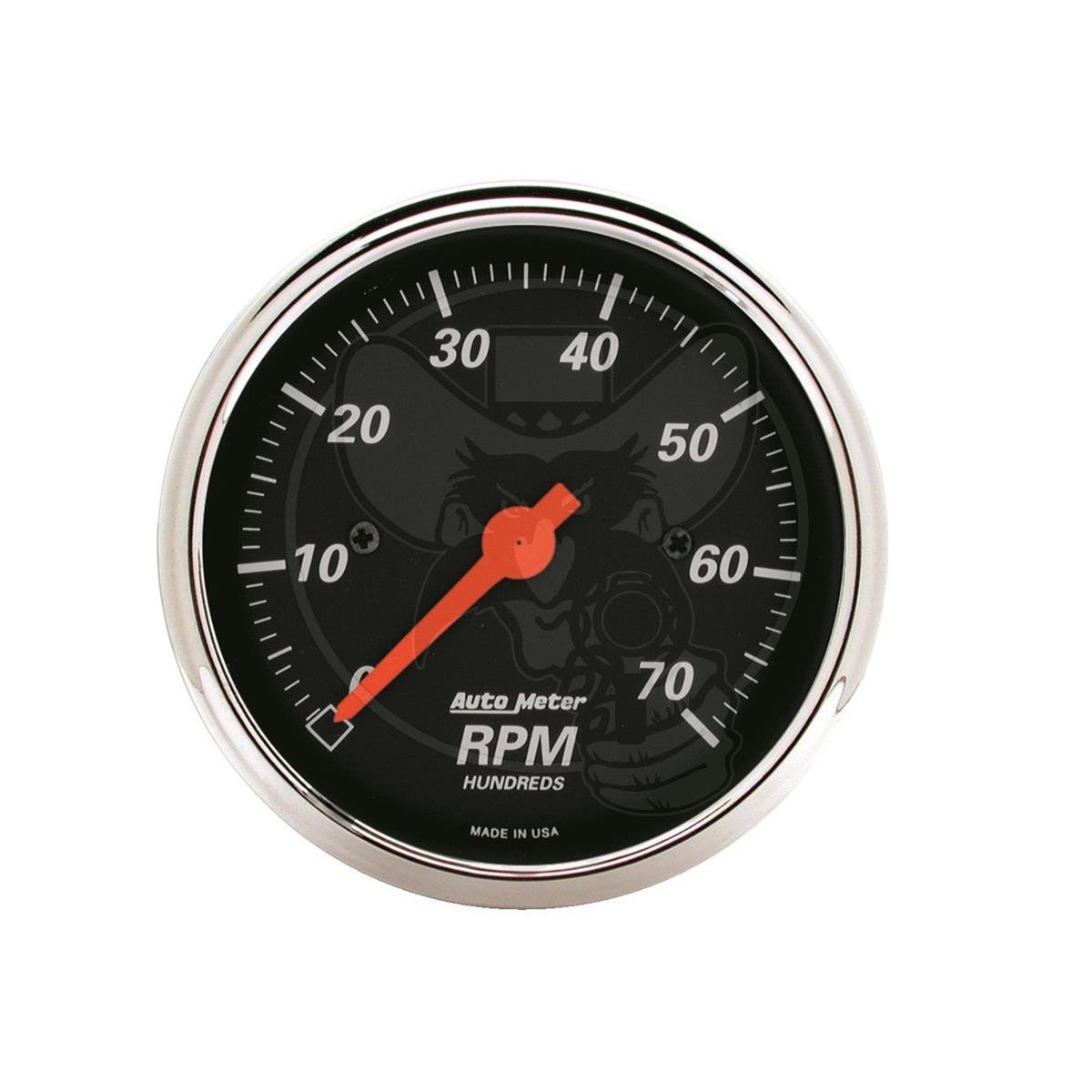Tachometer Fundamentals: Whatever You Need to Know for Accurate Readings
Tachometer Fundamentals: Whatever You Need to Know for Accurate Readings
Blog Article
The Relevance of a Tachometer in Keeping An Eye On Engine Rate and Performance in Automotive Applications
In the world of automobile engineering, the tachometer stands as an essential tool in the chauffeur's arsenal, giving a straight home window right into the internal functions of an automobile's engine. Beyond its feature as a plain gauge of changes per minute (RPM), the tachometer acts as an important device for lovers and professionals alike, offering real-time understandings right into engine efficiency and health. Comprehending the significance of this device exceeds surface-level observations, diving right into the elaborate connection between engine rate, power outcome, and total driving experience. As we explore the diverse function of the tachometer in auto applications, a much deeper admiration for its impact on car characteristics and effectiveness starts to arise.
Significance of Checking Engine RPM
Monitoring engine RPM, or changes per min, is an essential element of automobile upkeep and performance assessment. Engine RPM straight correlates with the rate at which the engine's crankshaft rotates, suggesting exactly how swiftly the engine is running.
In addition, monitoring engine RPM is crucial for performance evaluation in auto racing and high-performance cars. In summary, keeping an eye on engine RPM is not only crucial for finding problems but likewise for maximizing engine performance in numerous automotive applications.

Advantages of Real-Time Information
In auto applications, real-time data plays an important duty in offering instantaneous insights into the performance and condition of the car. By continuously monitoring numerous criteria such as engine speed, temperature level, fuel intake, and more, real-time information provides numerous advantages that add to enhanced efficiency and safety when driving.
One considerable benefit of real-time information is its ability to alert chauffeurs and specialists to any kind of anomalies or concerns immediately. This aggressive method allows quick identification of prospective problems, permitting prompt interventions to stop further damages or break downs. In addition, real-time data facilitates performance optimization by offering immediate feedback on driving routines and engine effectiveness. Drivers can adjust their behavior in real-time based upon this information to attain far better gas economy and lengthen the life-span of their lorry.

Additionally, real-time data plays an essential role in modern automotive diagnostics, allowing technicians to quickly identify and attend to malfunctions. This causes decreased downtime, reduced maintenance prices, and eventually, improved general lorry dependability and long life (tachometer). By harnessing the power of real-time data, auto stakeholders can make educated choices that positively influence both the efficiency and durability of the automobile
Effect On Gear Shifts
Reliable gear changes in auto applications significantly influence total performance and driving experience. The tachometer plays an important duty in maximizing equipment shifts by giving real-time engine rate data to the chauffeur. When coming close to the redline on the tachometer, it signals the chauffeur to upshift to prevent over-revving the engine and causing possible damage. On the various other hand, downshifting at the right moment can aid keep the engine in its power band, making sure responsive acceleration site web when required.
Additionally, the tachometer help in achieving smoother gear changes, specifically in hand-operated transmissions. By keeping track of engine rate, chauffeurs can implement gear changes at the optimal RPM variety, lowering snagging movements and decreasing wear on the transmission components. This accuracy in equipment adjustments not only improves driving convenience yet additionally contributes to fuel effectiveness.
Enhancing Fuel Efficiency
Given the essential duty the tachometer plays in maximizing equipment browse this site changes for efficiency and engine wellness, it directly adds to optimizing fuel effectiveness in auto applications. By providing real-time feedback on engine rate, the tachometer assists motorists in preserving the most effective RPM array for gas economy. When motorists continually keep an eye on the tachometer and readjust their driving behaviors as necessary, they can avoid unneeded fuel consumption triggered by over-revving or hauling the engine.
Moreover, the tachometer aids drivers determine one of the most fuel-efficient equipment to be in at any type of provided minute, stopping you could try these out the engine from functioning tougher than needed. This is particularly essential throughout velocity and travelling, where being in the right equipment can dramatically influence gas efficiency. Furthermore, the tachometer can inform drivers to possible mechanical issues that could be adversely affecting fuel economy, such as a sliding clutch or a clogged up air filter. Finally, the tachometer acts as an important device in improving fuel performance by advertising ideal driving practices and recognizing areas for renovation in the automobile's efficiency.

Taking Full Advantage Of Engine Longevity
The tachometer's function in keeping track of engine speed and efficiency is instrumental in guaranteeing the durability of automotive engines. By using the tachometer successfully, vehicle drivers can optimize engine longevity via conscious RPM management. Regularly revving an engine too expensive can result in extreme damage on critical components, such as the pistons, valves, and bearings. In time, this can cause lowered engine efficiency and potential breakdowns. Keeping track of the tachometer allows vehicle drivers to stay within the suggested RPM variety for their lorry, preventing unneeded pressure on the engine and expanding its lifespan.

Verdict
In final thought, the tachometer plays a critical duty in keeping track of engine rate and performance in vehicle applications. By offering real-time data on RPM, it enables for effective equipment shifts, enhanced gas efficiency, and maximized engine durability. This device is necessary for keeping optimal engine efficiency and making sure the total capability of a car.
Report this page